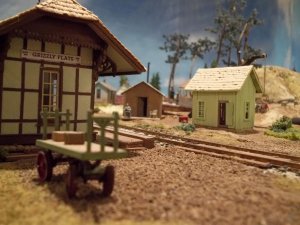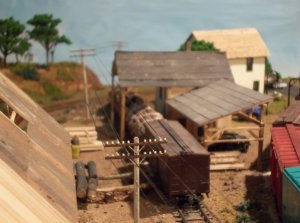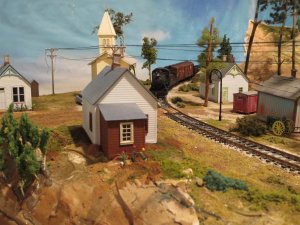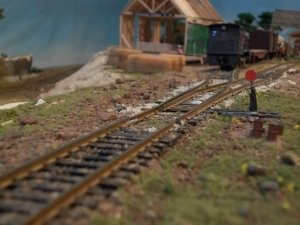As an update, the insulation is up, the walls are up, the drywall is up, the mudding and painting is done, the ceiling is up, the doors are hung and the trim is almost finished. And then the bottom fell out. I wound up having to take a stress test, flunked that, they said I needed to have a heart cath and possibly one stent, flunked that, and 2 days later I was in the hospital undergoing a 4 hour operation for 5 bypasses on my heart. That was exactly 3 months ago. I've been doing pretty good and yesterday was my last day of cardio therapy. I finally had the carpet installed Tuesday, and as soon as I get a few more things done I'll be able to start using some of the lumber I bought the other day for construction of the layout. It really sucked having to put everything on hold while I healed up, but I have clearance to go at it again.






